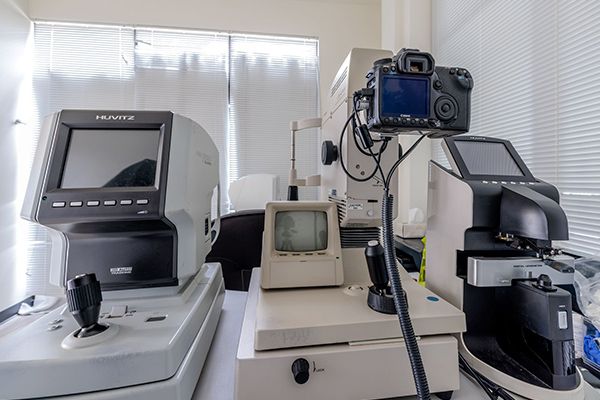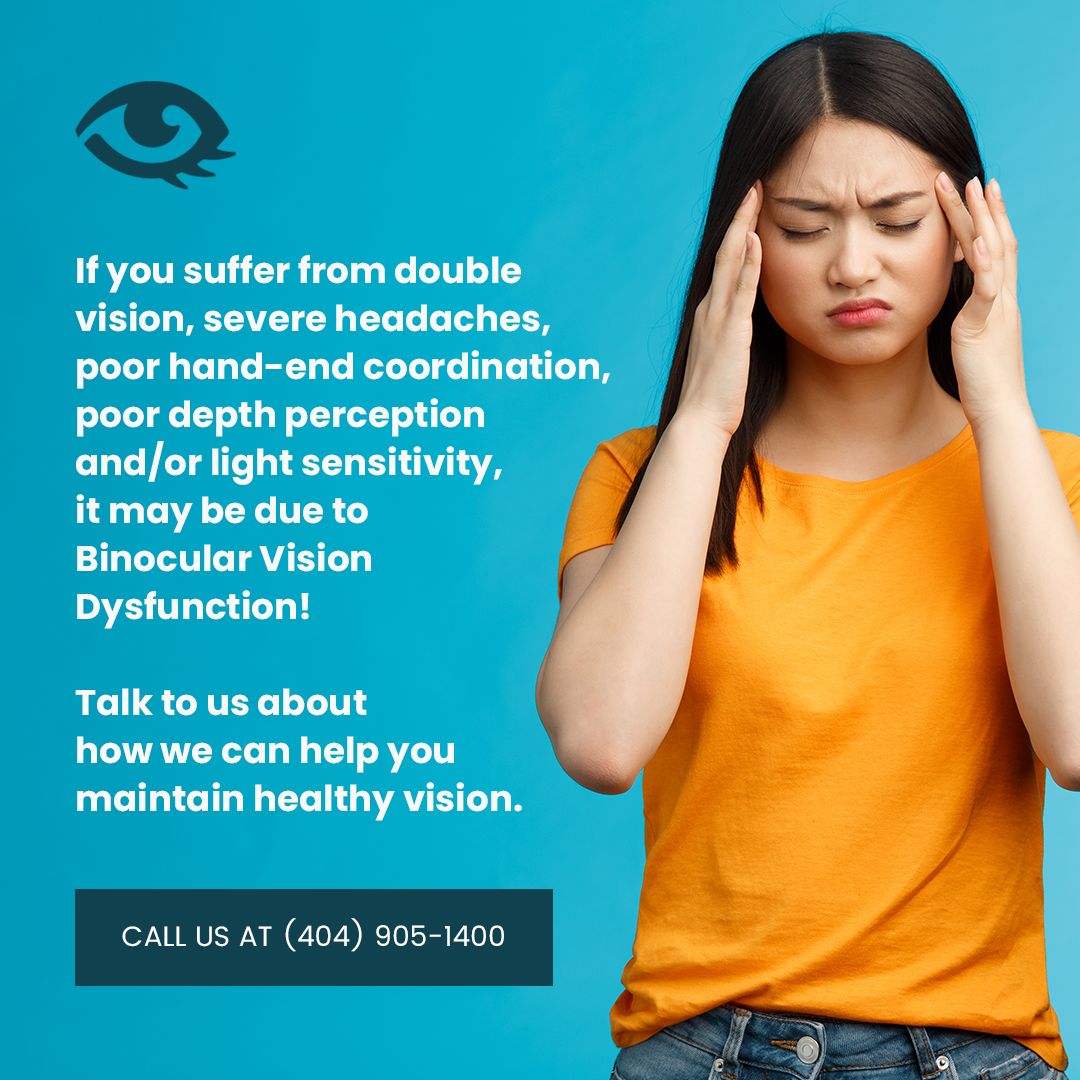Family Eye Care Center of Atlanta are proud to be a member of the American Optometric Association and to be enrolled as InfantSEE® providers. This is a one-time service which offers early detection of potential eye and vision problems at no cost regardless of income or ability to pay.
InfantSEE® is a public health program, to ensure that optometric eye and vision care becomes an integral part of infant wellness care to improve a child’s quality of life.
The Program’s Mandate
Identify and treat risk factors that may have adverse effects on eye and vision health.
Reduce the impact of amblyopia (presently 1 in 30) and other conditions that may lead to impairments and/or loss of sight, or affect a child’s spatial and cognitive development, through early identification.
Educate parents about the importance of eye care for their children.
Visual Acuity
Refractive Status
Eye Movement
Eye Alignment/Binocular Potential
Eye Health
In an effort to encourage infant eye and vision assessments and ensure they are accessible to everyone, the American Optometric Association (AOA), and The Vision Care Institute of Johnson & Johnson Vision Care, Inc., and Optometry’s Charity™ – The AOA Foundation, partnered to create InfantSEE®, a no-cost public health program developed to provide professional eye care for infants nationwide.
Through InfantSEE®, Optometrists in Sandy Springs, Buckhead and Brookhaven, GA provide a one-time, comprehensive eye and vision assessment to babies in their first year of life, usually between the ages of 6 and 12 months, offering early detection of potential eye and vision problems at no cost regardless of income or ability to pay.
The Program’s Goals
Though babies can’t talk, optometrists use their clinical education, training, and experience, along with instruments such as lighted toys to provide non-invasive eye and vision assessments for infants.
According to new data collected by the American Optometric Association (AOA), there is a growing need for early vision examination in infants. The data showed that two groups at greater risk for visual concerns were premature babies and minority babies.
Parents may learn more about the importance of infant vision care and the InfantSEE® program by logging on to www.infantsee.org. Please call our office to schedule your baby’s InfantSEE® assessment.
Stages of Vision Development
Most parents believe that vision is something that just develops naturally, and therefore does not need to be checked until school-age when it has already fully developed. The truth is that vision is learned – and the most critical stages of vision development occur in the first year of life.
| AGE | VISION |
| At Birth |
|
| By 3 Months |
|
| By 6 Months |
|
| By 9 Months |
|
| By 12 Months |
|
Why is it important to schedule an infant eye exam?
We recommend that infants get seen between the ages of six and 12 months the primary reason for that is we can screen for certain things like eye diseases that may cause them to go blind later on. Even more importantly we can look into whether they have some kind of developmental issue for example they might have a higher prescription in one eye vs the other eye. That is going to become a flag later in life that we can help if we catch it early on. Another thing that we look for is, if there is a high prescription as an infant there is a certain developmental path we expect them to follow, and if for some reason they are not following that path it allows us to know that there is going to be a red flag later on. Maybe we will intervene as a baby, maybe we will wait. But the goal is to see if there is anything that comes up in the screening as a flag. If there is an eye disease that they were born with for example, cataracts or signs of pediatric glaucoma or tumors we would refer them to a pediatric ophthalmologist. Things that we would take care of in house at our practice are things like amblyopia (lazy eye), and very high prescriptions.
We want our babies to be healthy, but some of the symptoms that babies get are not thing that we are in tune to look out for as parents. So for example a child might avoid playing with certain toys, avoid free movement in their space because their space does not look like it should and makes them feel a little wobbly, they may delay in their speech development. All of these things can actually be a sign of an eye problem which is why we want to see them before the age of 12 months.
Did you know? Your optometrist can also manage Ocular Diseases.








